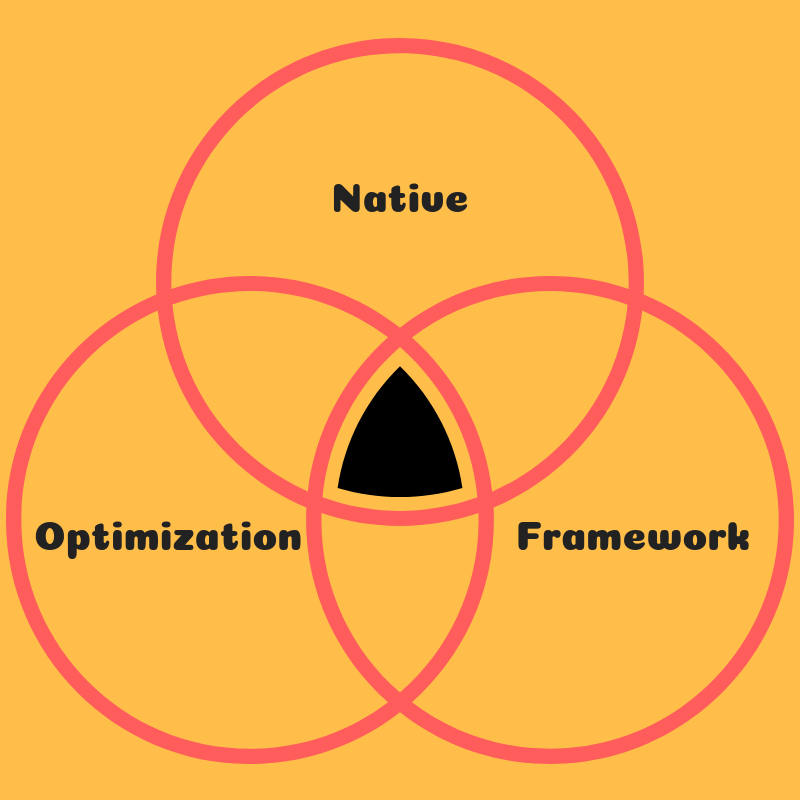
This is a guide on a proven process to achieve success with advertising on native ad networks. It is based around getting each part of the ad experience journey optimized to maximize results. Get a head start on succeeding with your native advertising following this guide.
Phase 1 - Optimize Creative Angles
Goal: Get your CTR to .50 or above
First is to create ads and run for three to seven days then review. Check your ad stats to see if your ads are showing on the ad network, this is impressions and your campaign is spending money which indicates ads are getting clicked.
After three days, if the click thru rate (CTR) is below 0.5%+ CTR then pause the ads.
Create new ads in the same campaign and monitor for impressions & clicks again. If impressions drop or slow down then pause the campaign. Create a new campaign with new ad creatives. If the ads did not get over 100,000 impressions try testing them again in the new campaign.
Repeat this until you get an ad with a CTR above 0.5%.
How many ads should you put in a campaign at once?
- Outbrain: up to 50 ads
- Taboola: up to 50 ads
- Yahoo Gemini (Oath): up to 100 ads
- Revcontent: up to 10 ads (5-10 active at a time)
Use the above numbers as a rule of thumb for each ad network.
When testing a native ad network, the hardest part tends to be finding an ad creative that works.
Phase 2 - Optimize Landing Page Engagement/Conversion
Goal: Get your Micro-conversion CPA break even
Once you've gotten the ad creative CTR in acceptable territory work on your landing page engagement and conversion. Some people jump to placements here, but I'd caution against that because a placement might perform poorly at this stage because of a poor landing page content layout or copy.
If you need to keep your budget tight, then consider optimizing the landing page with a few placements that show promise. Then open the gates wider once you have optimized.
However, if you have the budget, don't restrict yet because you will get better data by not restricting. Just keep your daily budget with a cap that you are comfortable spending to learn where there is an edge for you.
Now I recommend having a landing page with a click through for download/opt-in/purchase. Then measure this CTR. You want to get this to 20% as a rule of thumb.
If people are not clicking thru, they are not going to pull out a credit card and purchase so this is a good way to judge performance pre-purchase.
Phase 3 - Optimize Placements
Goal: Get your CPA profitable
The third step is to optimize placements.
Whether you make a new campaign or keep the one that is going is up to you. I recommend a new one because it will be "clean" with none of the history from when you were making landing page changes.
With a winning creative and proven landing page, you can start adjusting bids by site placement. Here are the buckets I place site placements:
- Non performers/no conversions
- Below Target
- Above Target
Non performers are sites with high bounce rates or no conversions after a certain spend over 7-14 days. Usually an exclusion list is created to block going forward.
Below target are sites that are break-even or below within 2x the cost per action goal. This is where you want to focus bid adjustments to get the placements to the cost per action target.
Above target are sites that are above break even of the cost per action goal. Usually an inclusion list for campaigns that only run on these placements is created after 14-30 days.
Phase 4: - Scale
Goal: Get more volume within acceptable CPA range (profitable)
The final step is to scale to your limits. Then you have the awesome project of figuring out how to increase your limits :D
Areas you can scale:
- Increase budget of existing efforts (countries & devices)
- example: Inclusion campaigns with max budget
- Add new locations
- Expand to new devices
- Expand to another native network (get Taboola working, then add Outbrain, then add Yahoo Gemini)
- Target more broad interests
- Add new creatives / landing pages
A final note on scaling spend, once you have things tuned in don't get excited and double budgets. Trying to turn the dial too fast is a common reason for a campaign to flip upside down on ROI. Turn things up slowly and keep your team resources in mind, getting native right takes time.
Get a Head Start
Here is a starter pack to help you implement the above process with all the shortcuts and research done for you.


